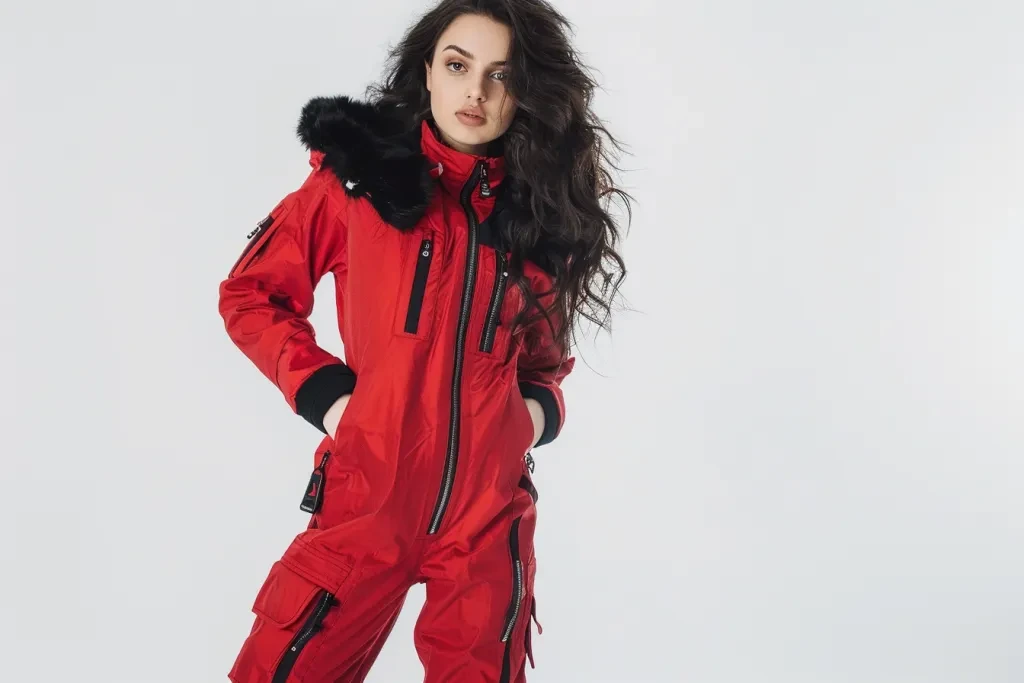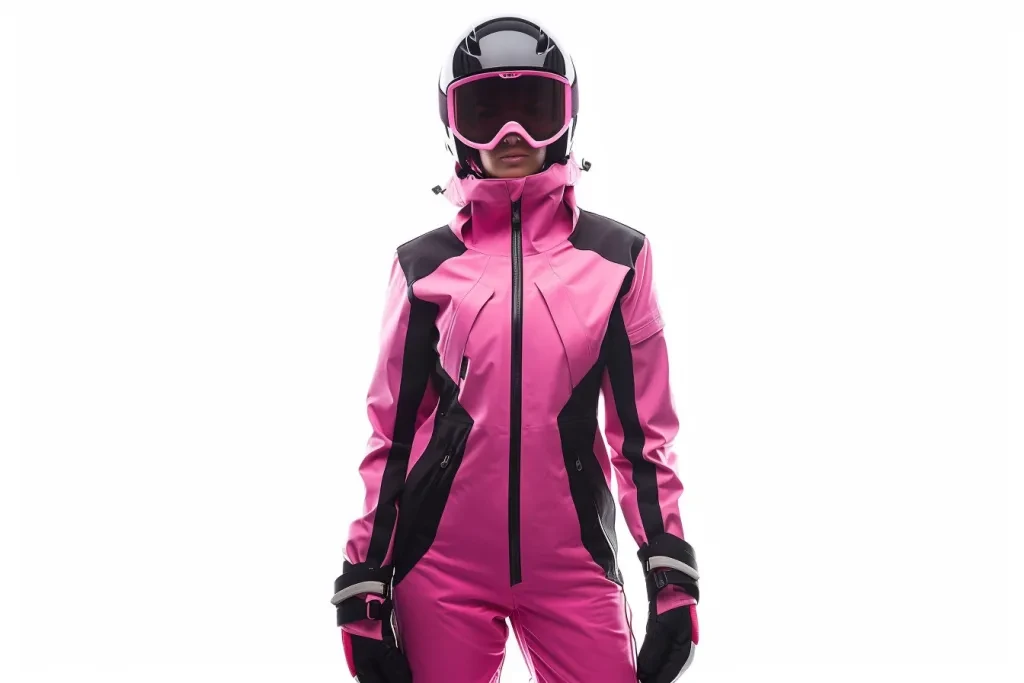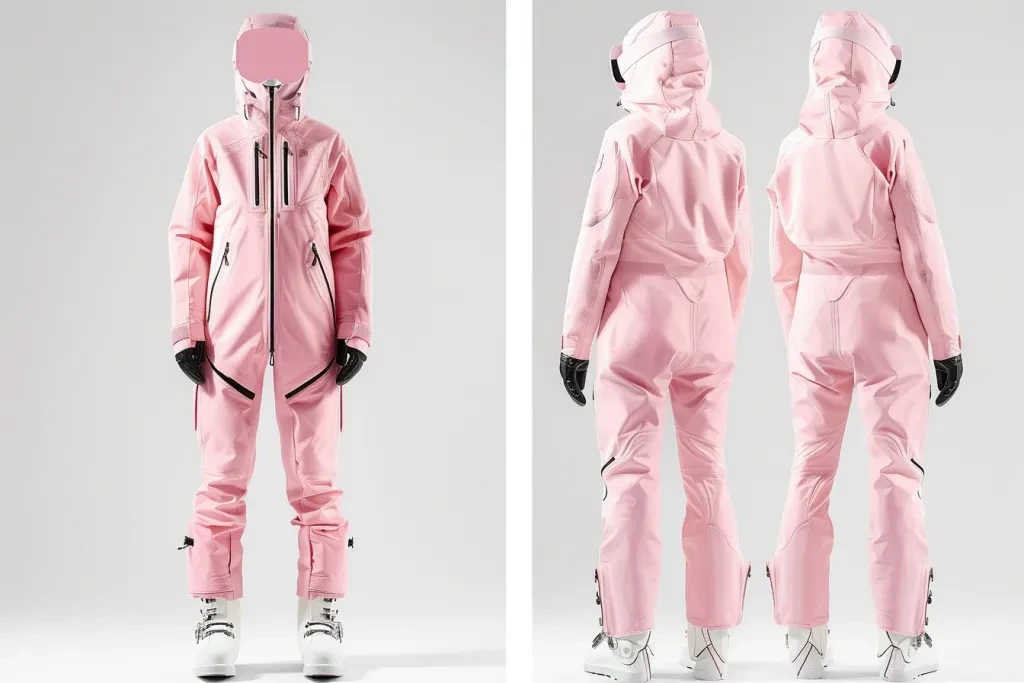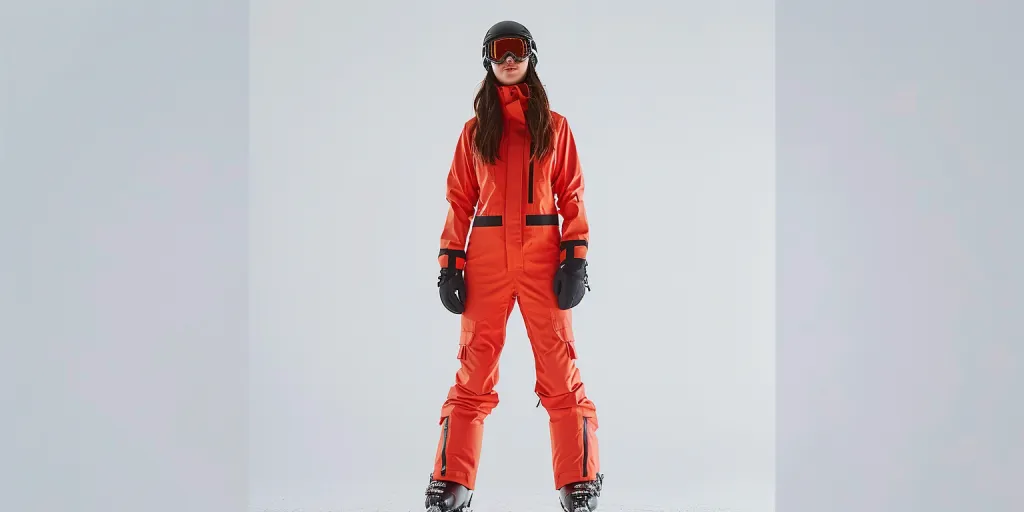As winter approaches, the thrill of hitting the slopes starts to beckon outdoor enthusiasts. Among the myriad of gear considerations, selecting the right ski jumpsuit stands out as a critical decision. This article aims to demystify the process, breaking down the essential aspects of ski jumpsuits that impact performance, comfort, and safety. Whether you’re a seasoned skier or new to the sport, understanding these elements will enhance your experience on the snow.
Table of Contents:
1. Material and insulation
2. Waterproofing and breathability
3. Fit and comfort
4. Additional features for convenience
5. Care and maintenance
Material and insulation

The material of a ski jumpsuit is foundational to its performance. High-quality materials offer better insulation, ensuring that the cold is kept at bay while you enjoy the slopes. Insulation technology varies, with synthetic fibers often used for their ability to retain heat even when wet. Understanding the balance between insulation and weight is key; too much can impede movement, while too little can leave you feeling cold.
The evolution of insulation materials has led to designs that are both lightweight and warm, allowing for a full range of motion. This is particularly important for skiers who prioritize agility and speed. Additionally, the outer material of the jumpsuit must be durable to withstand the rigors of skiing, including potential falls and contact with snow.
Waterproofing and breathability

A ski jumpsuit’s ability to keep you dry extends beyond simple waterproofing. The best jumpsuits strike a balance between preventing water from penetrating and allowing moisture from the body to escape. This is where breathability comes into play. A breathable jumpsuit ensures that sweat is efficiently wicked away, maintaining a comfortable body temperature throughout the day.
Technologies in waterproofing, such as membranes and coatings, are constantly evolving. These advancements improve the jumpsuit’s effectiveness in wet conditions, ensuring that water droplets slide off the surface. It’s essential to consider both waterproof ratings and breathability ratings when selecting a jumpsuit, as they directly impact comfort and performance on the slopes.
Fit and comfort

The fit of a ski jumpsuit is not just about aesthetics; it plays a crucial role in mobility and warmth. A well-fitted jumpsuit should offer enough room for layering without being too bulky. It should also allow for a full range of motion, enabling skiers to move freely and comfortably.
Adjustability features such as Velcro cuffs, elastic waistbands, and adjustable hoods can further enhance the fit, providing a customized feel. Comfort also extends to the choice of lining materials, with soft, non-irritating fabrics enhancing the overall experience. A comfortable jumpsuit makes a day on the slopes enjoyable, rather than a test of endurance.
Additional features for convenience

Modern ski jumpsuits come equipped with a variety of features designed to enhance convenience and functionality. Pockets are a must-have, with designs offering secure, easily accessible storage options for essentials like lift passes, goggles, and smartphones. Ventilation zips are another beneficial feature, allowing skiers to regulate their body temperature based on activity level and weather conditions.
Other considerations include integrated snow gaiters, which prevent snow from entering boots, and reflective elements for increased visibility. These additional features, while seemingly minor, can significantly impact the practicality and safety of a ski jumpsuit.
Care and maintenance

To ensure longevity and maintain performance, proper care and maintenance of a ski jumpsuit are essential. Following the manufacturer’s instructions for washing and drying is crucial, as improper care can damage waterproofing and insulation properties. Regular maintenance, including reproofing the waterproof coating and repairing any tears or damages, will extend the life of the jumpsuit.
It’s also advisable to store the jumpsuit properly in the off-season, keeping it clean, dry, and away from direct sunlight. This helps preserve the materials and ensures that the jumpsuit is ready for action when the snow season arrives.
Conclusion:
Selecting the right ski jumpsuit involves a careful consideration of material, insulation, waterproofing, fit, and additional features. By understanding these key elements, skiers can make informed decisions that enhance their comfort, performance, and enjoyment on the slopes. Remember, the right care and maintenance will keep your ski jumpsuit in prime condition for seasons to come, making every winter adventure as thrilling as the last.




